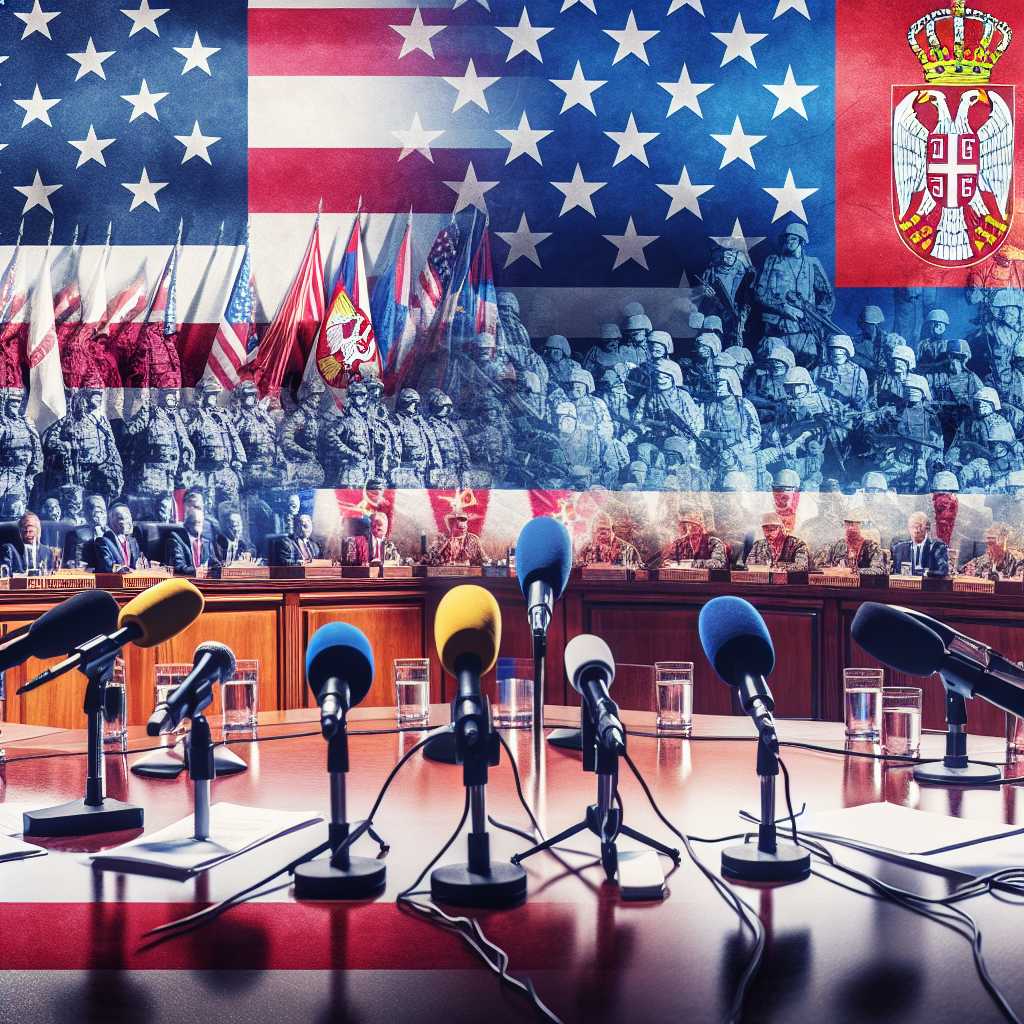A Comprehensive Overview of United States and Serbia Relations
Relations between the United States (USA) and Serbia have experienced numerous changes throughout the years, influenced by political, economic, military, cultural, and social factors. Understanding the intricacies of their relationship requires an in-depth analysis of its historical roots, evolution over time, and current challenges and cooperation. Recognizing the significance of diplomatic exchanges between the two nations, this article aims to present a panoramic view of U.S.-Serbia relations, offering a segmented insight that spans from the past to the present state of affairs.
Historical Context: Eternal Ties Shaped by Time
Early Interactions: From 19th Century to World Wars
The relationship between the United States and Serbia dates back to the late 19th century when Serbia was emerging as a sovereign state after centuries of Ottoman dominion. Formal diplomatic relations were established shortly after Serbia gained independence. During World War I, Serbia aligned with the United States and the Allies against the Central Powers, leading to a mutual perception of partnership rooted in shared vulnerabilities and victories.
The Yugoslav Period: From Kingdom to Socialist Yugoslavia
Serbia’s position and relations with the U.S. saw significant change during the transition from monarchy to a part of the Socialist Federal Republic of Yugoslavia (SFRY) post-World War II. During this period, especially during the Cold War, the relationship between U.S. and Yugoslavia was often viewed within broader East-West geopolitical dynamics, oscillating between moments of tension and collaboration.
Downfall of Yugoslavia: U.S. Role in Balkan Conflicts
Tensions escalated with the onset of the Balkan conflicts in the 1990s following the disintegration of Yugoslavia. The United States took on a more direct role through NATO interventions, which served to protect humanitarian values but also strained U.S.-Serbia relations, particularly during and after the 1999 NATO bombing campaign in response to the crisis in Kosovo.
Establishment of Modern Relations
Following the conflicts, U.S.-Serbia diplomatic relations were refurbished with Serbia’s transition towards democratic governance. The United States has supported Serbian Euro-Atlantic integration efforts including aspirations to join the European Union (EU), societal reforms, and defense cooperation focused on peacekeeping missions.
Contemporary Dynamics of U.S.-Serbia Relations
Political Cooperation and Diplomatic Engagements
Today, the partnership between America and Serbia emphasizes cooperation on both regional security issues and global concerns such as counterterrorism and addressing climate change. High-level diplomatic liberations continue to underpin their engagements as both nations underscore democratic institutions’ development.
Economic Investments and Trade Relations
An integral component of U.S.-Serbia bilateral ties includes fostering improving trade relations and pushing American private investments in Serbian economy sectors like energy, infrastructure, and technology.
Military Collaboration and Security Alignment
Military-to-military relations have also formed a key aspect of their rapport, with programs like the State Partnership Program linking National Guard units with Serbian forces for joint training purposes. Moreover, Serbia participates in various NATO initiatives despite not being a full member, indicating an approach that seeks interoperability with western military structures.
Contentious Issues and Strategic Disagreements
Despite these avenues of mutual interest, there are strategic disagreements that sporadically mar relations between Washington and Belgrade. Chief among these is Serbia’s stance regarding Kosovo’s independence, which America recognizes but Serbia denounces. Human rights measures and governance standards further help delineate key areas requiring ongoing dialogue.
Cultural Exchanges and Popular Perceptions
Cultural diplomacy also represents an important aspect as educational exchanges increase interpersonal contacts between Americans and Serbians. Furthermore, shared popular cultural components such as sports, music, and art introduce fresh elements into strengthening mutual perceptions.
Bilateral Developmental Aid and Philanthropic Efforts
The United States extends foreign assistance programs in Serbia aimed at augmenting democratic institution building, civil society development, healthcare improvements, environmental conservation efforts, and bolstering economic growth.
